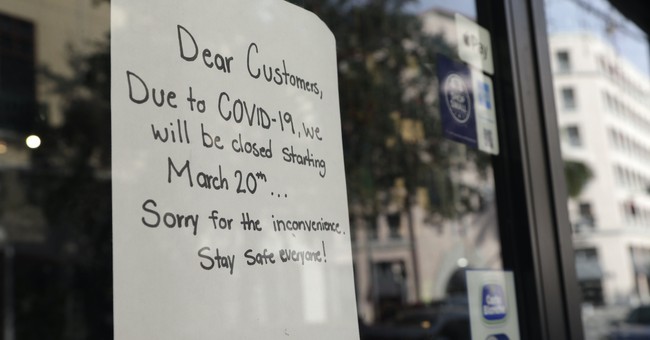
We’re all familiar, it seems, with the stories now of the Spanish flu in 1918 and many have compared the present Wuhan coronavirus to it.
But there’s a pandemic much closer in time that many have forgotten about — the Hong Kong Flu pandemic of 1968.
As with other pandemics, it was named after its presumed place of origin.
As with other pandemics until this one, the number of cases and the number of deaths were estimated, they weren’t counting every one, adding in “presumed cases”, or adding in anyone who had it but didn’t die of it.
But what’s interesting, given the reaction to the present pandemic, is the reaction to the one in 1968.
There were a million estimated killed worldwide, with 100,000 killed in the United States. There were no lockdowns, nor stay at home orders although there were hygienic measures like social distancing and washing hands encouraged.
From the Daily Wire:
The Wall Street Journal explained. “The novel virus triggered a state of emergency in New York City; caused so many deaths in Berlin that corpses were stored in subway tunnels; overwhelmed London’s hospitals; and in some areas of France left half of the workforce bedridden.”
As John Fund notes in National Review, the Hong Kong Flu “was an especially infectious virus that had the ability to mutate and render existing vaccines ineffective … Hundreds of thousands were hospitalized in the U.S. as the disease hit all 50 states by Christmas 1968. Like COVID-19, it was fatal primarily to people older than 65 with preexisting conditions.”
The Encyclopedia Britannica pointed out the highly contagious nature of the disease: “Indeed, within two weeks of its emergence in July in Hong Kong, some 500,000 cases of illness had been reported … The 1968 flu pandemic caused illness of varying degrees of severity in different populations. For example, whereas illness was diffuse and affected only small numbers of people in Japan, it was widespread and deadly in the United States.”
As John Fund remembers, the economy was not shut down, schools weren’t closed and things like concerts continued. There was none of the reaction we have now.
There was no political blame, it would appear, ascribed for the virus hitting the shores or spreading.
A vaccine was developed quickly by August 1969, although the virus, H3N2, still circulates as influenza A.
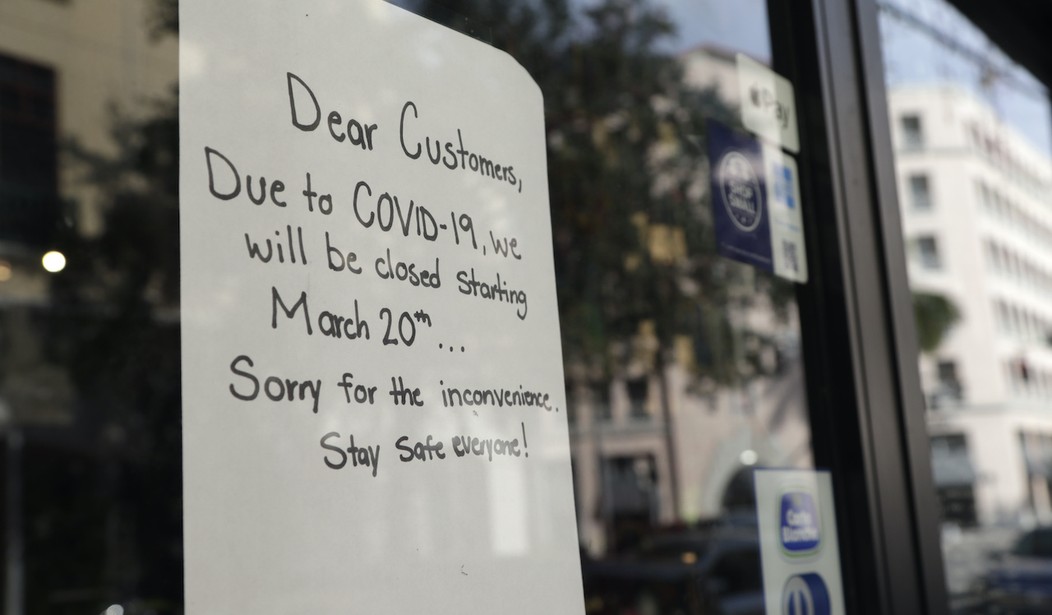






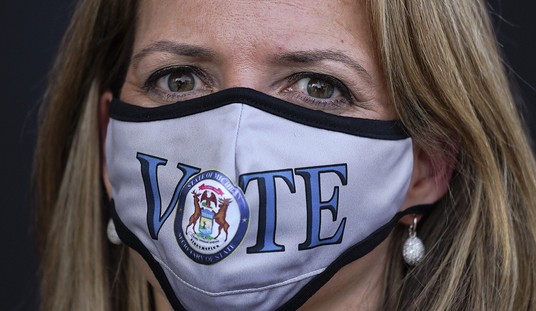



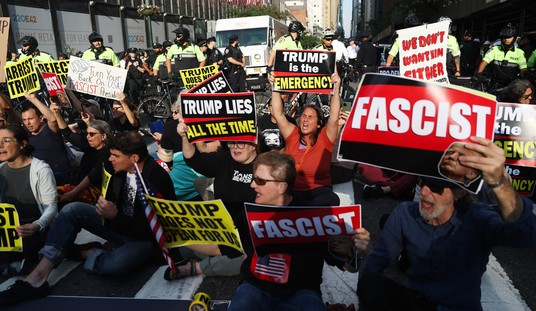
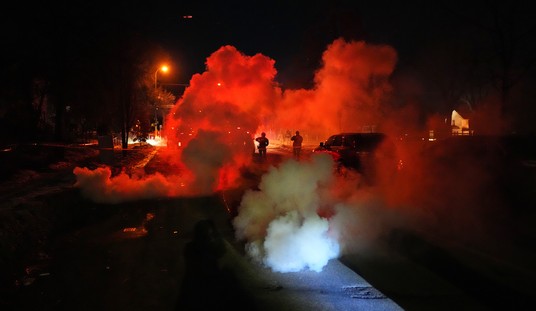

Join the conversation as a VIP Member